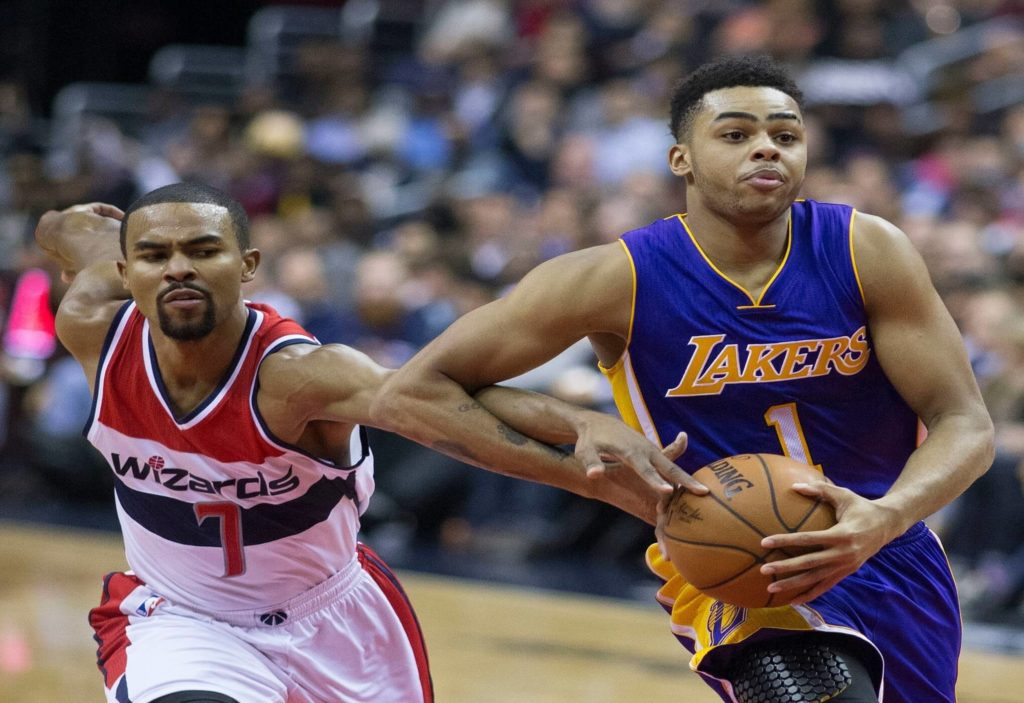D’Angelo Russell’s career year came to a screeching halt during a regular season game against the Utah Jazz on November 11. With only three minutes left, Russell tried to stop on a dime and injured his left knee. After missing several games, the Nets later announced that Russell had undergone successful arthroscopic surgery to remove some loose bodies in his knee.
Though injuries are common in the NBA, the particulars of this procedure may elude the casual fan left wondering when Russell will return. Thankfully, Nets fans can breathe easy: Russell may be on the bench for a few weeks, but he’ll almost certainly enjoy a full recovery. Here’s what to expect in the months to come for your favorite new member of the Nets.
What Is Arthroscopic Knee Surgery?
Arthroscopic knee surgery is a common procedure that helps relieve injuries and pain for many active people (not just professional athletes). During the surgery, a doctor makes small incisions into the knee, inserting a tiny camera known as an arthroscope to better view and operate on the joint. This minimally invasive procedure addresses a wide range of problems, including:
- Torn anterior and posterior ligaments
- Torn meniscus (the cartilage between the bones of the joint)
- Baker’s cyst
- Inflamed synovial tissue (the ‘lining’ of the joint)
- Loose fragments of bone or cartilage
What Can I Expect from Knee Arthroscopy?
Since arthroscopic surgery is minimally invasive, it’s often performed as an outpatient surgery, typically lasting less than an hour. Most patients can return home the same day, and most experience very few complications. While patients will generally experience some pain and swelling in the knee following the surgery, these symptoms are a natural part of the healing process and can be easily treated through a combination of icing, rest, and non-steroidal anti-inflammatory medication.
What’s the Recovery Timeline for Arthroscopic Surgery?
Recovery from arthroscopic surgery is faster than that of traditional knee surgery, but it varies from patient to patient. In many cases, you can return to physical activities within six to eight weeks of the procedure, but for professional athletes like Russell, recovery may take longer.
During the initial recovery period, the injured leg should be kept elevated, and it’s best to avoid carrying weight on it or engaging in physical activity. If surgery was performed on the right knee, it’s usually recommended that patients wait one week before driving. In the weeks after the procedure, a combination of physical therapy and specialized exercises and stretches can stabilize the joint, increase its range of motion,and rebuild strength and flexibility in the knee and leg.
At New York Bone and Joint, we’ve specialized in arthroscopic surgery for nearly twenty years. Our resident authority on the procedure, Dr. Leon E. Popovitz, is internationally recognized for his expertise in arthroscopic knee surgery and sports medicine. He works closely with our physical therapists and pain management specialists to develop a personalized recovery program for every patient, ensuring a full, speedy recovery. Call today to schedule a consultation!




